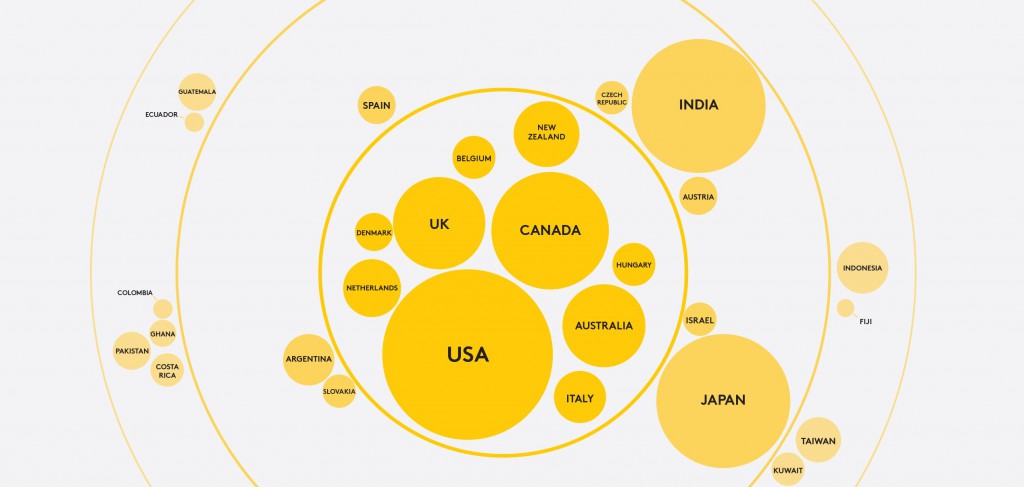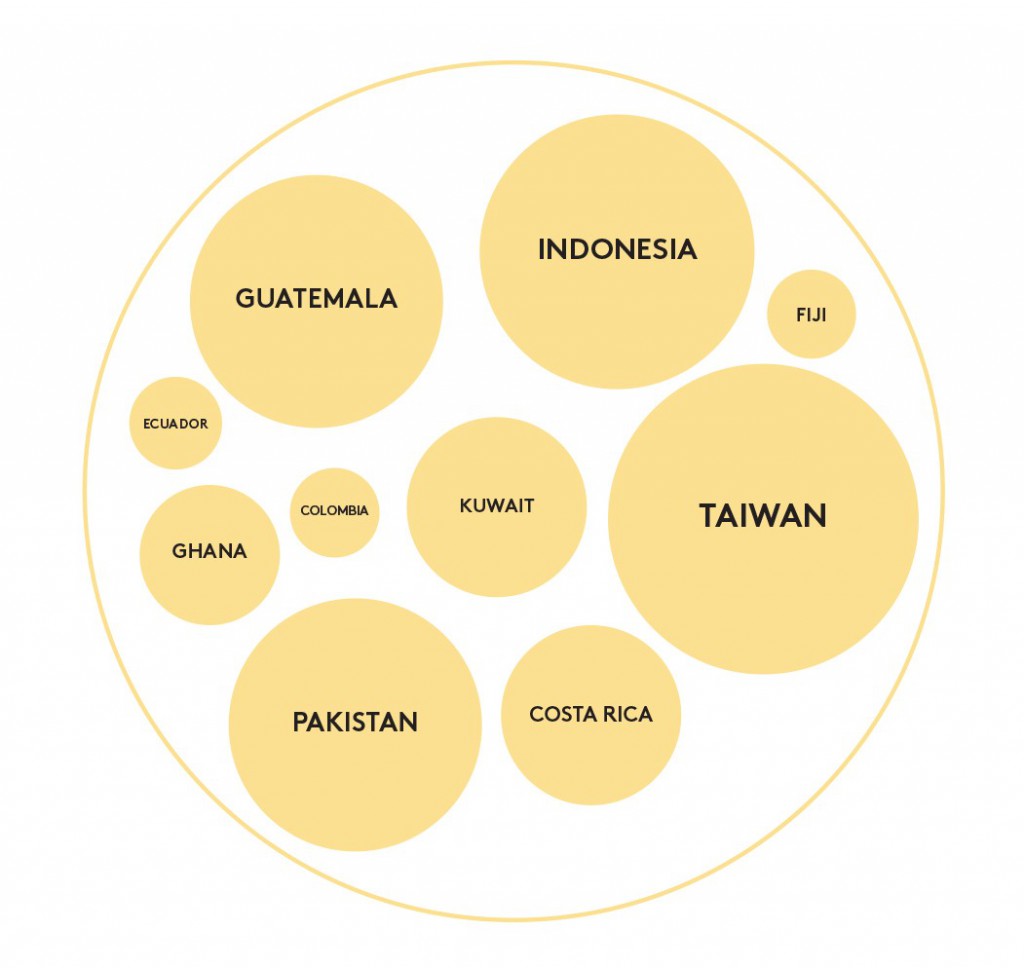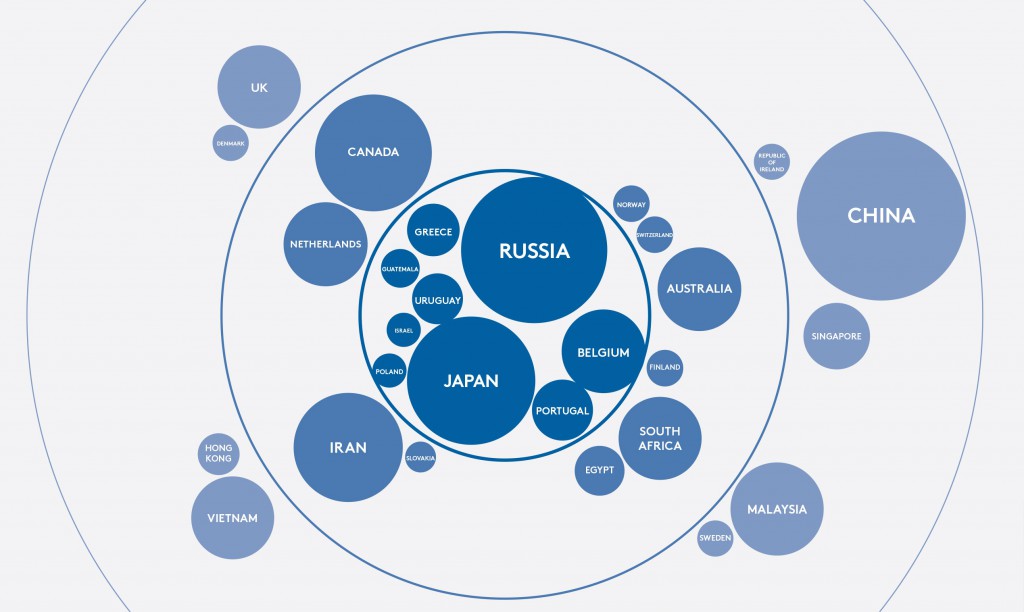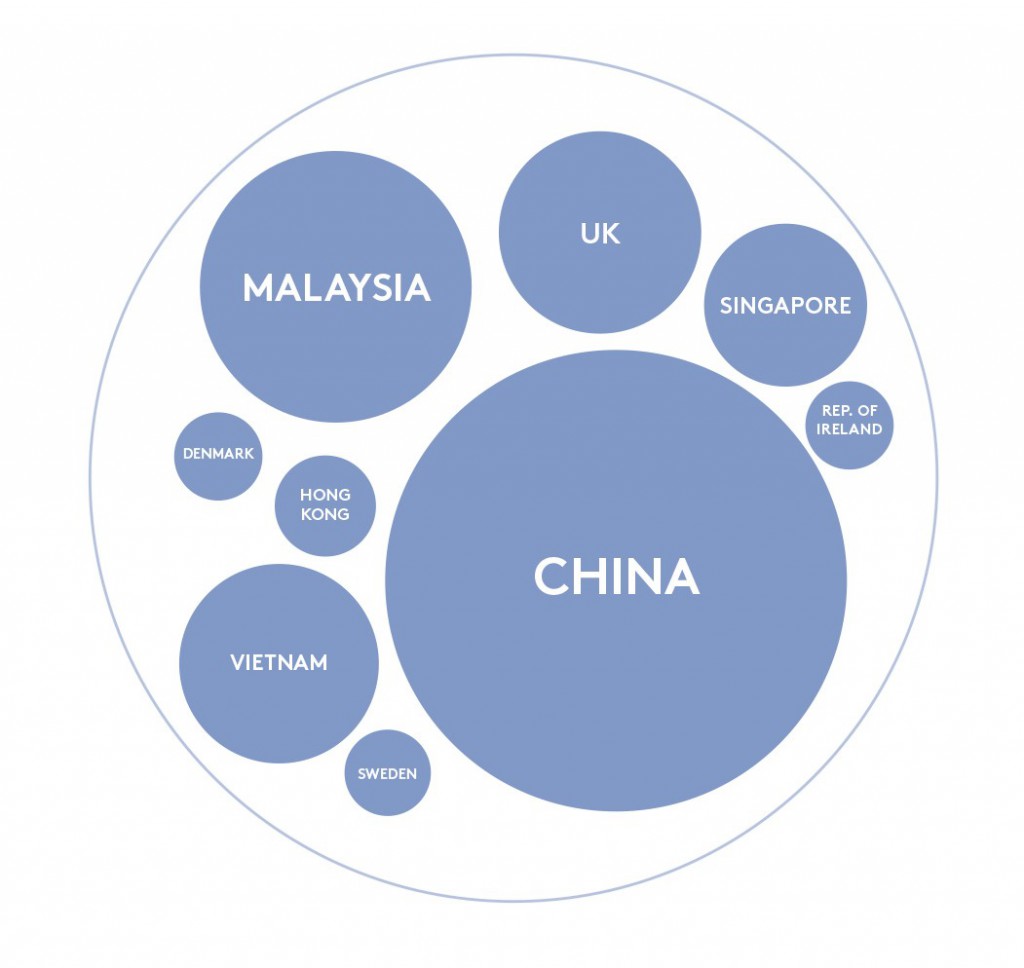Matt Mee, global strategy officer at MediaCom, explores how culture can be more important than geography when it comes to marketing.
It’s easy to group countries by geography. But in marketing terms, this is often a mistake. After all, people who live next door to each other don’t always have things in common. Instead, marketers should remap the world according to culture.
As marketers, we often get blinded by geography. We’re used to talking about ‘developing markets’ and ‘developed markets’, east and west, and regions like EMEA, APAC and LATAM.
But there’s a problem with that. Because grouping countries by location means we often lump markets together that have nothing in common culturally. Take the countries in APAC, for instance, is Australia really similar to Japan?
Ok, so here’s a radical idea: tear up your atlas. Forget about geography, forget about regions, and forget everything you think you know about the world. Because when it comes to marketing, it’s not very helpful. Instead, it’s time to start remapping the world by culture.
MediaCom’s Cultural Connections study helps us do that. Launched in partnership with the Hofstede Institute, we have interviewing 60,000 consumers in 63 markets to uncover the nine factors (or dimensions) that shape consumer behaviours around the world.
Using data from the study, we can remap the world according to how consumers think, feel and behave. And that makes the world look very different. This is essential knowledge for marketers looking to transplant a product or campaign from one market to another.
Identifying ‘me’ and ‘we’ cultures
Look at what the world looks like according to the dimension of Individualism, for instance. This determines whether a people think in terms of ‘me’ or ‘we’.
Mapped this way, the USA, Canada, the United Kingdom and Australia suddenly become neighbours. That’s because they are all ‘me’ cultures. The size of the bubbles indicates how extreme these scores are.
Interestingly, the UK’s bubble is much larger than most of its neighbours in Europe. This suggests that while Britain might be geographically close to mainland Europe, culturally, it’s very different. Most other countries in Europe are more mildly collective.
Another interesting point: while the US is stereotypically individualistic, its Cultural Connections scores reveal that, over the last 40 years, it has started exhibiting slightly more collective scores. This might be due to the increasing influence of Latin American cultures, which are typically more collective.
Collective cousins
The countries in the outer ring are all ‘we’ cultures – and there are a few more surprises.
For example, people in Guatemala, which has a highly hierarchical structure, are actually very collective mentality. In this instance, they are similar to Costa Rica – a geographical neighbour, but a country with a more obviously egalitarian structure.
Risk avoiders
Let’s remap the world again. This time by how much people tend to avoid uncertainty and ambiguity. In MediaCom’s Cultural Connections study, the dimensions which determine uncertainly are Emotional State and Curiosity .
These are especially important dimensions for marketers as they identify how ‘up for change’ people are, or how difficult it is to change a habit or create a new habit. In more prosaic terms it has a huge impact on how difficult or easy it can be to launch a new product or service.
When we redraw the map this way, Japan, Belgium and Israel become neighbours. Interestingly – or perhaps worryingly – for marketers, some of the most risk-avoidant countries are also some of the world’s largest or fastest-growing markets. That includes Russia.
Again, we see some surprises though. We would have put Greece, Israel and Japan in the same bucket if grouping the world geographically, or indeed in terms of (often outdated) stereotypes.
In these kind of markets, consumers often need reassuring that they are buying the right products. That can correlate with a high information need. If you go to a supermarket in Japan, for example, you’ll actually see people reading the packaging. Detail is required. If you go over to Africa though, it’s a completely different ballgame. There, share of voice is king and there is low information need.
Risk takers
When it comes to product launches, brands might find it easier to gain acceptance with countries in the outer ring. Consumers in these countries don’t shy away from risks, and are more likely to accept new products and ideas.
In this cultural cluster, we can group the UK and China together. These are countries where new technology and new ideas catch on fast.
As an example of how ‘up for change’ China is, consider this: China first taught people how to queue during the 2008 Olympics and that behaviour still persists to this day.
But what about Singapore? That’s a country with a highly regulated culture, isn’t it? Actually, Singapore is more open for change than some people think. As an example, a few years ago Singapore changed its time zone to fall in line with Hong Kong. That’s a pretty radical move.
Uncharted territories
The findings and implications from our Cultural Connections study are exciting and far-reaching, and help us see the world from new perspectives. That creates new opportunities for brand strategy and creative teams.
Global brands can use the data to refine their propositions for products and assess risk and opportunity when launching in new markets.
Content providers can use the data to understand why content performs one way in one market and differently in another.
And creative teams can use the data to determine how to adjust campaign messages to work across borders.
What if you were to remap your business by culture and not geography? It’s a radical proposition, but it could help your brand enjoy global success for years to come.













